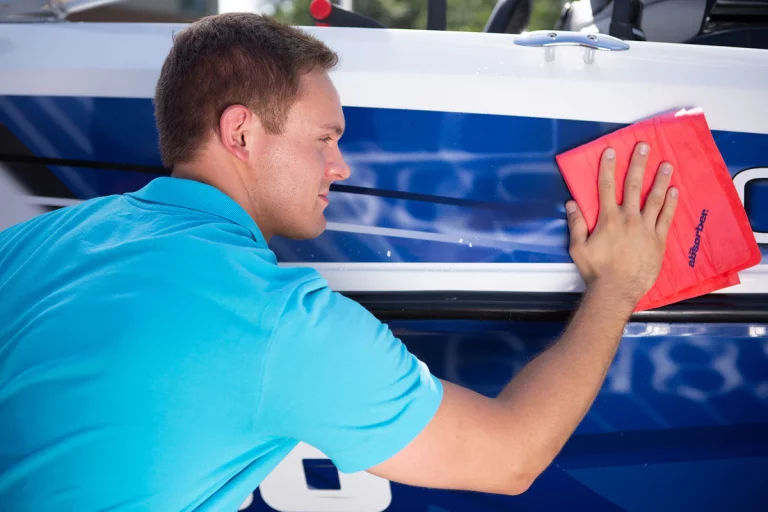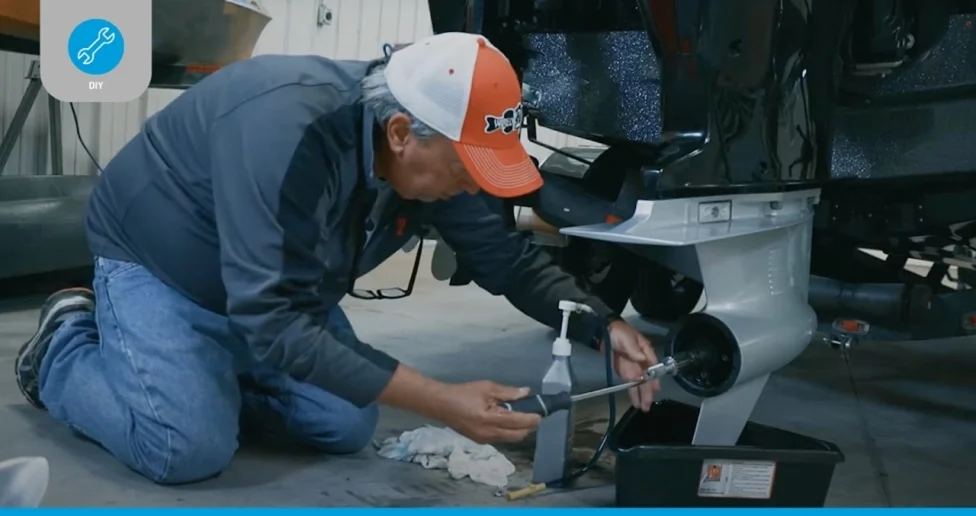Owning a boat brings immense joy and countless opportunities for adventure on the water. However, to keep your boat in top condition and ensure it’s always ready for your next outing, understanding basic boat maintenance is essential. Regular maintenance not only prolongs the life of your boat but also enhances safety and performance. Here’s a simple guide to help new boaters get started with basic boat maintenance.

1. Regular Cleaning
Keeping your boat clean is the first step in basic maintenance. Regular cleaning prevents the buildup of dirt, grime, and salt, which can cause damage over time.
- Exterior Cleaning: Rinse your boat with fresh water after each use, especially if you’ve been in saltwater. Use a marine-specific soap to clean the hull, deck, and other exterior surfaces.
- Interior Cleaning: Wipe down seats, consoles, and other interior areas to remove dirt and prevent mold and mildew. Use appropriate cleaners for different surfaces, such as vinyl or leather protectants for seats.

The engine is the heart of your boat, and regular maintenance is crucial for reliable performance.
- Oil Changes: Change the engine oil and oil filter regularly, as recommended by the manufacturer. This ensures the engine runs smoothly and reduces wear and tear.
- Fuel System: Inspect fuel lines, connections, and the fuel tank for leaks or damage. Replace the fuel filter annually and use a fuel stabilizer if the boat will be stored for an extended period.
- Cooling System: Flush the cooling system with fresh water after each use to prevent corrosion and salt buildup. Check the coolant level and replace it as needed.
Regular inspection of the hull helps identify any damage or wear that could affect the boat’s performance and safety.
- Check for Cracks or Blisters: Inspect the hull for any cracks, blisters, or other signs of damage. Address any issues promptly to prevent further deterioration.
- Apply Wax: Waxing the hull periodically protects the surface from UV damage and keeps it looking good. Use a marine-grade wax for best results.
A well-maintained electrical system is vital for the operation of lights, instruments, and other electronic equipment on your boat.
- Inspect Wiring: Regularly check all wiring for signs of wear, corrosion, or loose connections. Replace any damaged wires and ensure all connections are secure.
- Battery Maintenance: Keep the battery terminals clean and free of corrosion. Check the battery’s charge level and top up with distilled water if necessary. Consider using a trickle charger if the boat will be stored for a long period.

Ensure all safety equipment is in good working order and easily accessible.
- Life Jackets: Inspect life jackets for wear and damage. Replace any that are not in good condition.
- Fire Extinguishers: Check the expiration date and pressure gauge on fire extinguishers. Replace or recharge as needed.
- Flares and First-Aid Kit: Ensure flares are up to date and the first-aid kit is fully stocked.
Understanding basic boat maintenance is key to enjoying a safe and worry-free boating experience. Regular cleaning, engine checks, hull inspections, and electrical system maintenance are all part of keeping your boat in excellent condition. By dedicating time to routine maintenance, you can extend the life of your boat, enhance its performance, and ensure many years of enjoyable outings on the water. Happy boating!